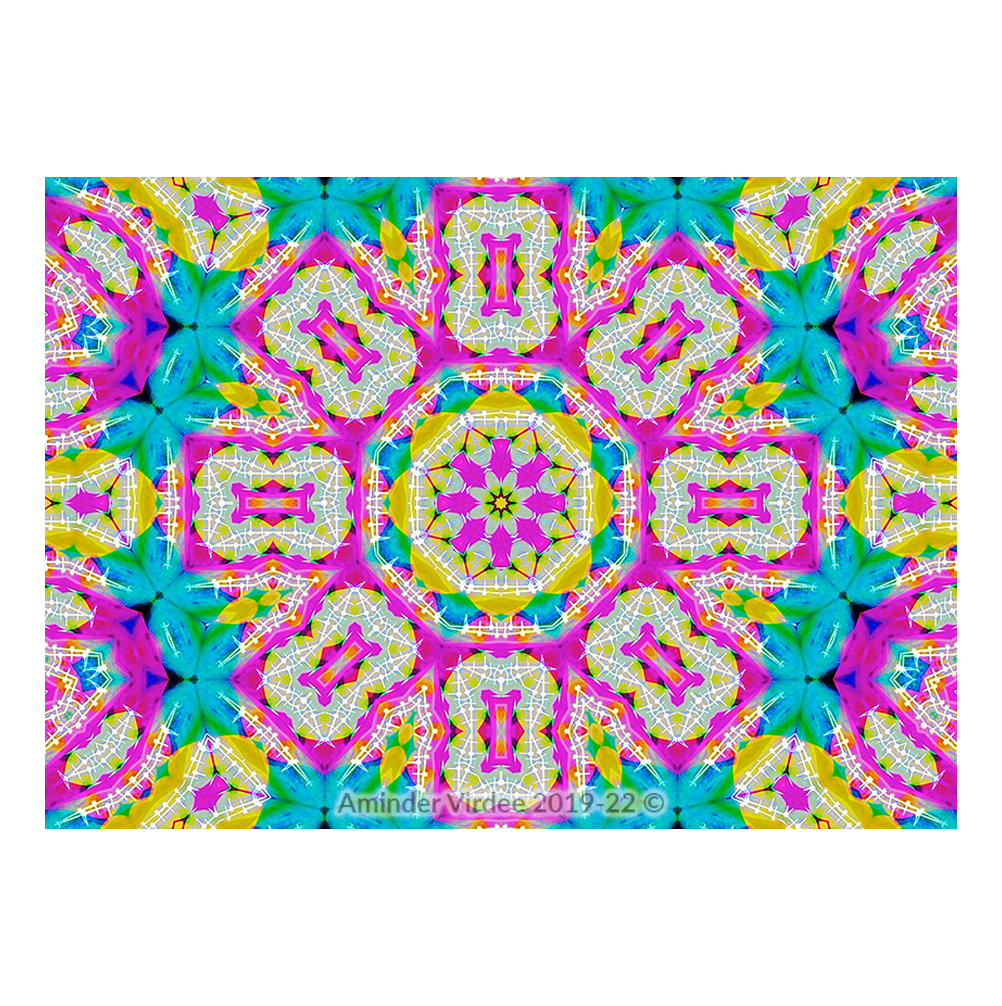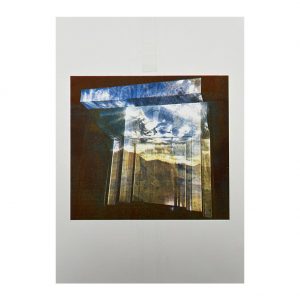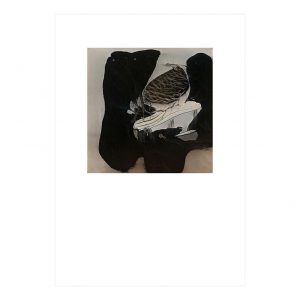Description
‘KaleidoSkeleton Ti: The Desi Cyborg (2021)’ by Aminder Virdee. Please note, the print will not include the watermarks as pictured.
Aminder Virdee is a final year postgraduate student at CSM, studying MA Art & Science.
“KaleidoSkeleton Ti : The Desi Cyborg (2021) builds upon its kin’s ‘KaleidoSkeleton Ti : 1 and 2’ as a translation of multidimensional pain exhibiting as a colour-subversive, and X-ray generated, audio-visual embodied stim. Aminder utilises transmedial programming and code, personal medical archives (x-rays, MRIs and biodata from birth to present), and lifelong lived experience, to centre autonomy and subvert the medical and diagnostic gaze.
Making the invisible visible, the white teeth-like lines orbiting within the moving images depict the implants and prosthetics within Aminder’s body, and the various shapes surrounding these lines are variations of Aminder’s body from over 1000 x-ray images.
KaleidoSkeleton Ti : The Desi Cyborg (2020) honours disabled intersectional lives as world re-makers, and values societal and cultural wellbeing as pivotal to the experience of the disability and quality of life. Simultaneously, KaleidoSkeleton Ti : The Desi Cyborg (2020) amplifies Aminder’s race and ethnicity – cultivating ancestral healing as a child of the diaspora – through the reclamation of her Desi heritage (race, ethnicity, religion, culture). This was performed by decoding personal medical data, and manipulating X-rays, into specific vivid opaque colours that are synonymous with Indian symbolism across politics, fashion, religion and culture, in addition to rituals and rites of passage, celebrations, festivals, and traditions. Inherently, The Desi Cyborg pierces multidimensional pain (physical, social, cultural, diasporic, intersectional, survivorship, and spiritual pain) as a disabled, chronically ill, neurodivergent, British Indian woman, and survivor, fighting quintuple oppressions inside, and outside, of the South Asian community. Created during the COVID19 Pandemic, the process and output of the work embodies moments of self-choreographed release through the neurodivergent aural, visual, and vestibular tool of stimming.”
The prints that were exhibited in the MERCH sale were all created by final year, postgraduate students, who study the Art Programme at CSM. The proceeds from the remaining print sales go back to not just a shop to support the next generation of new designers.




Reviews
There are no reviews yet.